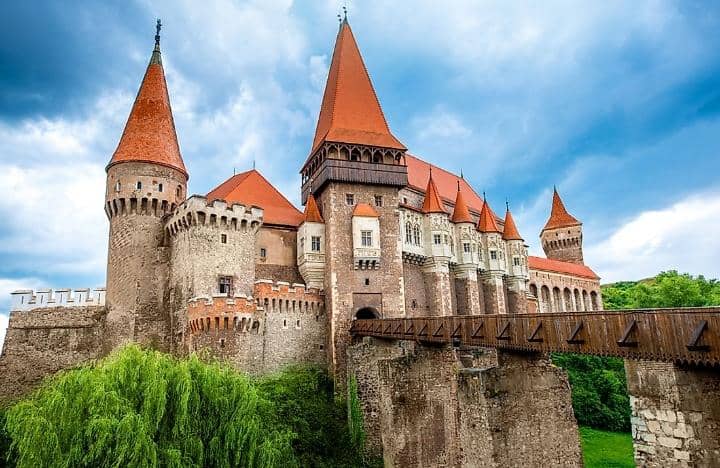The Roman Castle, a fascinating intersection of military might and aristocratic living, stands as a testament to the ingenuity and adaptability of ancient Roman architecture.
While the concept of a castle is often associated with the Middle Ages, the Romans laid the groundwork for these formidable structures, incorporating elements of fortification into their grand residences.
Unlike their medieval counterparts, Roman Castles were not solely focused on military defense. They served as the private fortified residences of wealthy Roman citizens, combining the practical needs of a household with the strategic considerations of a fortress.
These castles were often situated outside the confines of Roman cities, where the occupants could not rely on the protection of city walls.
One of the most unique aspects of Roman Castles was their architectural design. While they featured defensive elements such as crenellations, ramparts, and towers, the overall aesthetic remained true to Roman style.
Rectangular and square shapes, rounded arches, and a lack of machicolations (a defensive structure with openings in the floor through which stones or other objects could be dropped on attackers) were hallmarks of Roman fortification.
The Roman Villa, a grand country estate, often served as the foundation for these castle-like structures.
Wealthy Romans would fortify their villas with defensive walls and towers, creating a hybrid of residence and fortress. These fortified villas, while not technically castles by modern standards, were the closest Roman equivalent to the medieval castle.
As the Roman Empire declined and the Middle Ages dawned, many of these Roman Castles were abandoned or fell into disrepair.
However, some were repurposed and adapted to suit the needs of the new era.
Medieval lords often built their castles atop the ruins of Roman fortifications, taking advantage of the existing structures and strategic locations.
The Roman Castle, while not as prevalent or well-defined as its medieval counterpart, represents a fascinating chapter in the evolution of fortified residences.
Its unique blend of luxury and defense, combined with its lasting influence on later castle design, makes it a captivating subject for historians and architecture enthusiasts alike.

